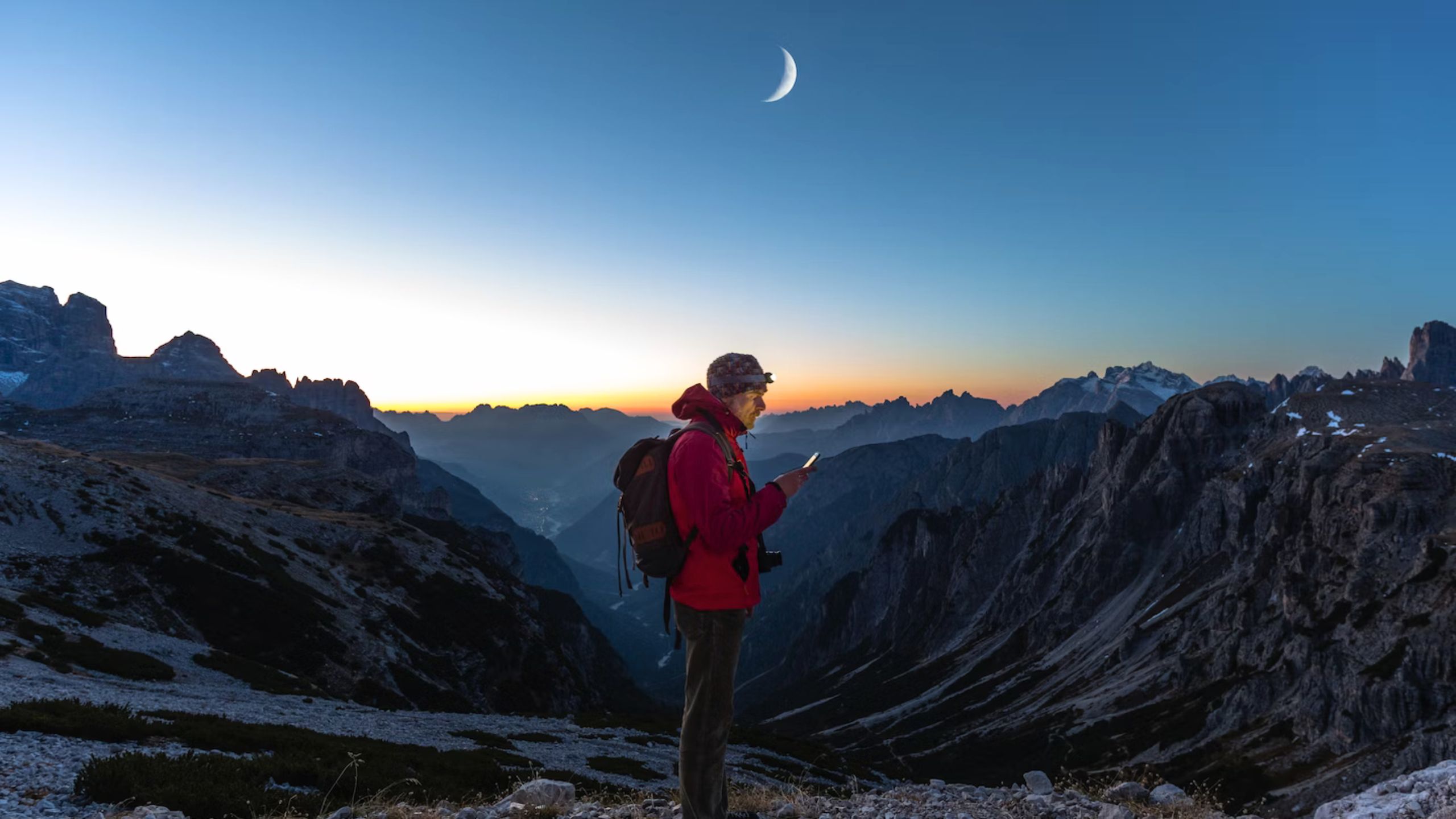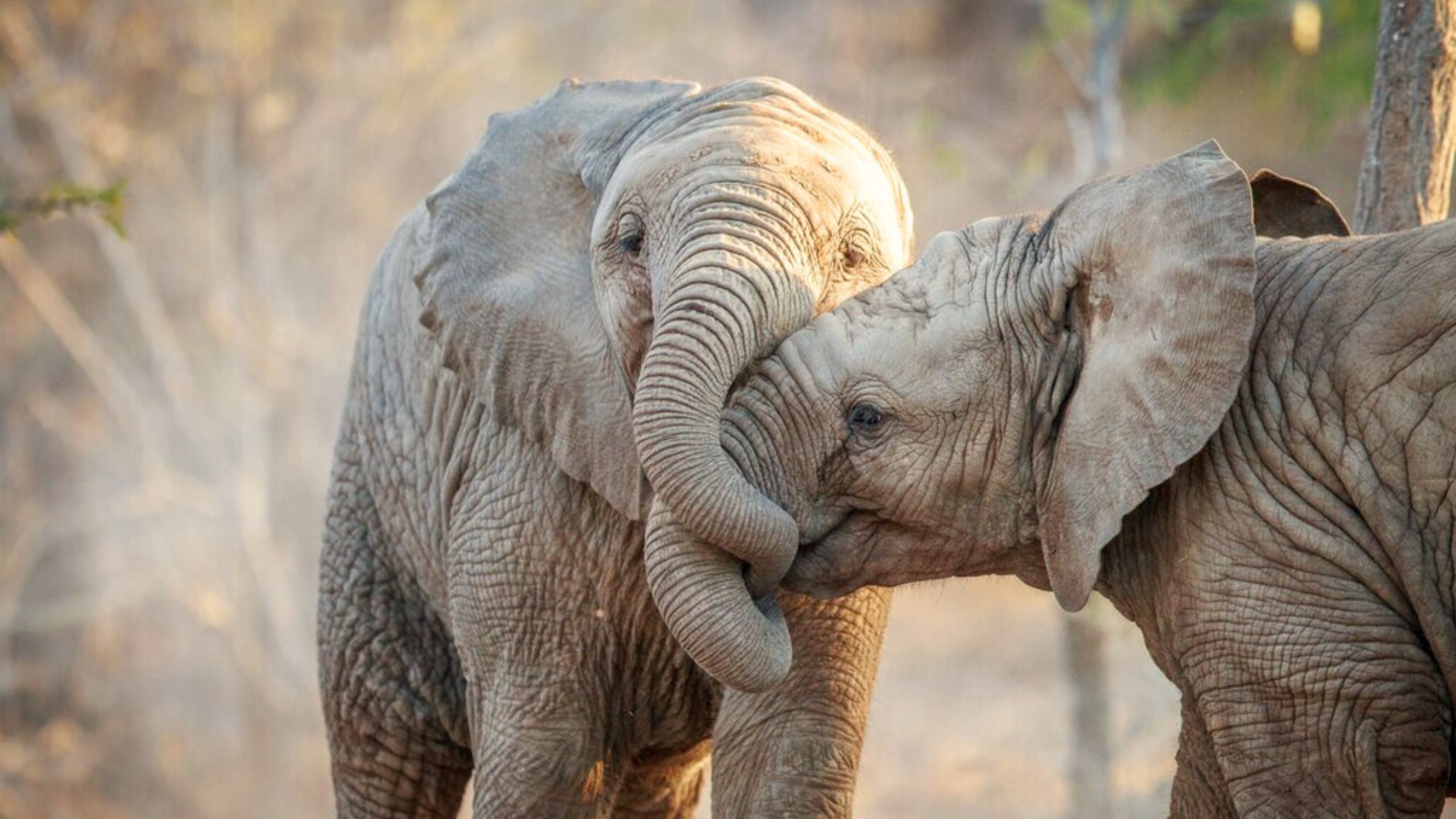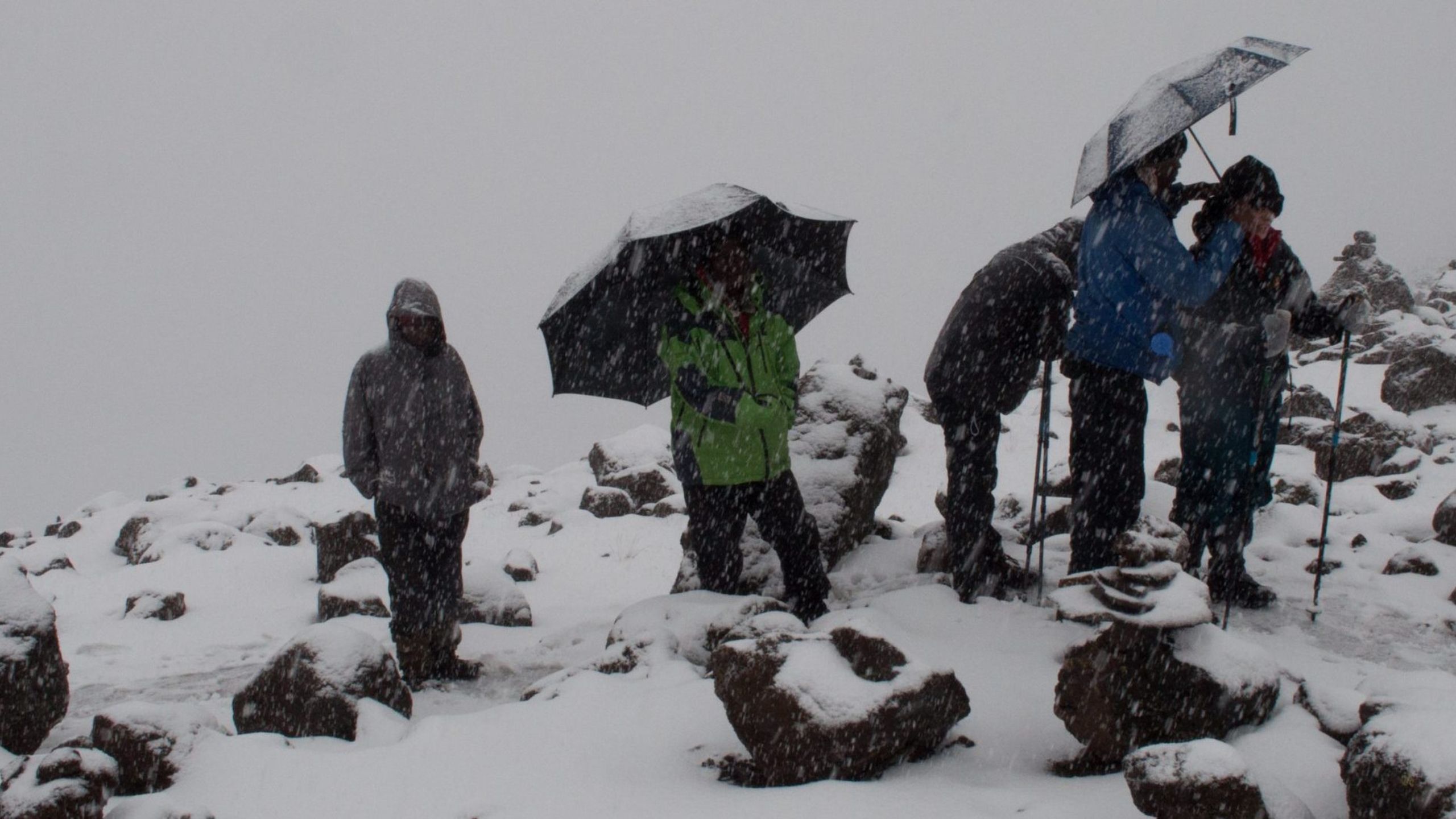Mount Kilimanjaro, located in Tanzania, is the tallest freestanding mountain in the world and a popular destination for trekkers and climbers from around the globe. With its breathtaking vistas and diverse ecosystems, this iconic African peak draws adventurers seeking to conquer its slopes. In the age of modern technology, one common question arises : Is there cell phone service on Mount Kilimanjaro?
In this comprehensive exploration, we will delve into the availability and reliability of cell phone service on Mount Kilimanjaro. We will discuss the various mobile network providers, coverage areas, the challenges of maintaining signal, and the potential benefits of staying connected while embarking on this challenging journey.
Understanding the Geography of Mount Kilimanjaro
Before we delve into the specifics of cell phone service on Mount Kilimanjaro, it’s important to understand the geographic features of this iconic mountain. Mount Kilimanjaro is located in northern Tanzania, near the border with Kenya. The mountain’s summit, Uhuru Peak, rises to an impressive 5,895 meters (19,341 feet) above sea level. It is composed of three volcanic cones : Kibo, Mawenzi, and Shira.
The mountain is renowned for its ecological diversity, with zones ranging from lush rainforests at lower altitudes to alpine deserts and glaciers near the summit. Climbers can experience several different climate zones as they ascend Kilimanjaro, and these zones present unique challenges and conditions for cellular connectivity.
The Challenge of Cell Phone Service on Mount Kilimanjaro
Providing reliable cell phone service on Mount Kilimanjaro is a daunting task due to the mountain’s rugged terrain and remote location. Several factors contribute to the challenges of maintaining a cellular signal on the mountain:
▪️ Altitude:
The altitude on Mount Kilimanjaro increases significantly as you ascend, and the higher you go, the more difficult it becomes to establish a reliable cell phone connection. The thinning air and atmospheric conditions at high altitudes can affect the signal’s strength and stability.
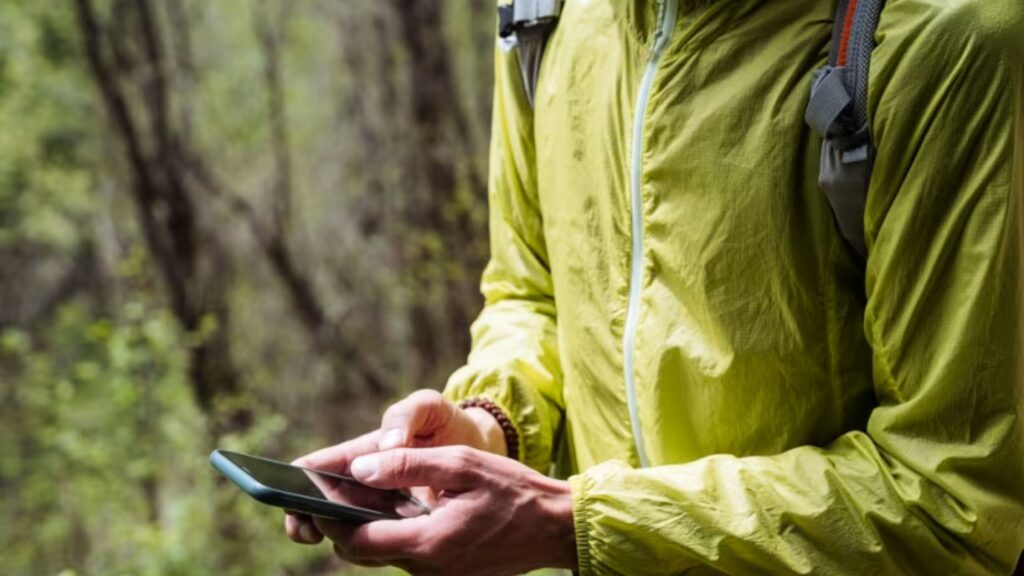
▪️ Isolation:
The mountain’s isolation in a relatively remote part of Tanzania makes it logistically challenging to set up and maintain cell towers and infrastructure. This, in turn, affects the availability of mobile networks on the mountain.
▪️ Terrain:
The terrain on Mount Kilimanjaro is rugged, with steep slopes, rocky paths, and dense vegetation. This can obstruct signals and create dead zones where cell phone service is unavailable.
▪️ Weather Conditions:
The weather on Mount Kilimanjaro can be highly variable. Climbers may encounter rain, snow, and extreme temperatures, all of which can affect the performance of mobile devices and cellular networks.
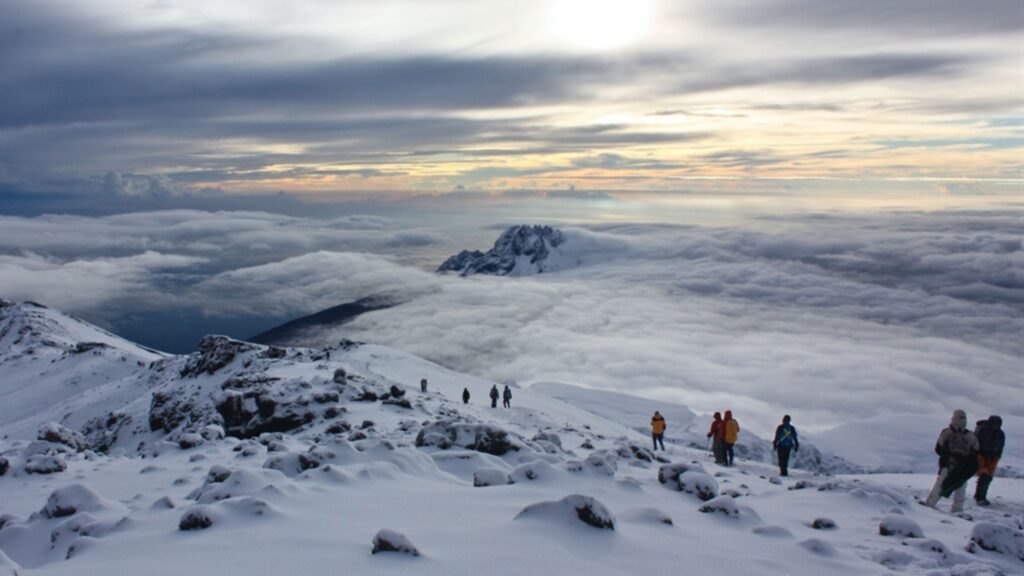
▪️ Environmental Impact:
Due to its status as a UNESCO World Heritage Site and its ecological significance, there are strict regulations in place to protect the environment on Mount Kilimanjaro. This can limit the installation of large-scale infrastructure such as cell towers.
These challenges make it essential for trekkers and climbers to manage their expectations when it comes to cell phone service on Mount Kilimanjaro.
Mobile Network Providers on Mount Kilimanjaro
Despite the formidable obstacles, several mobile network providers in Tanzania have taken steps to extend their coverage to Mount Kilimanjaro. These providers aim to offer a means of communication and safety for climbers and trekkers. Some of the key mobile network providers in Tanzania include:
▪️ Vodacom:
Vodacom is one of the largest mobile network providers in Tanzania. It has made efforts to establish coverage on Mount Kilimanjaro, primarily in the areas surrounding the base camp.
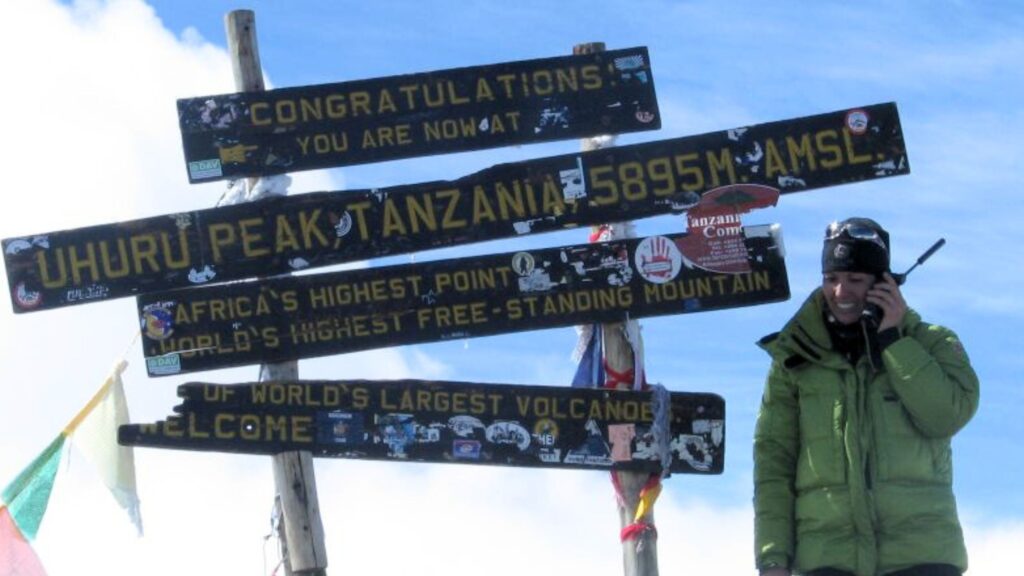
▪️ Airtel:
Airtel is another prominent mobile network provider in Tanzania, and it has also worked on expanding its coverage to the mountain. Airtel’s signal can be relatively reliable in certain areas of Mount Kilimanjaro.
▪️ Tigo:
Tigo is a third mobile network provider that has extended its network to Kilimanjaro. While its coverage is not as extensive as Vodacom or Airtel, it can still be accessible in some areas.
It’s important to note that the availability and reliability of cell phone service can vary depending on the specific route you take up the mountain. Different routes have different levels of coverage, with the Marangu Route often having better signal reception compared to more remote routes.
Connectivity on the Lower Slopes
As climbers begin their journey up Mount Kilimanjaro, they often find that cell phone service is more accessible on the lower slopes. The lower elevations are where the mountain’s lush rainforests thrive, and this is where network providers have had more success in establishing coverage. Trekkers embarking on routes like the Marangu Route or the Rongai Route may find that they can send texts, make calls, and even access mobile data during the early stages of their climb.
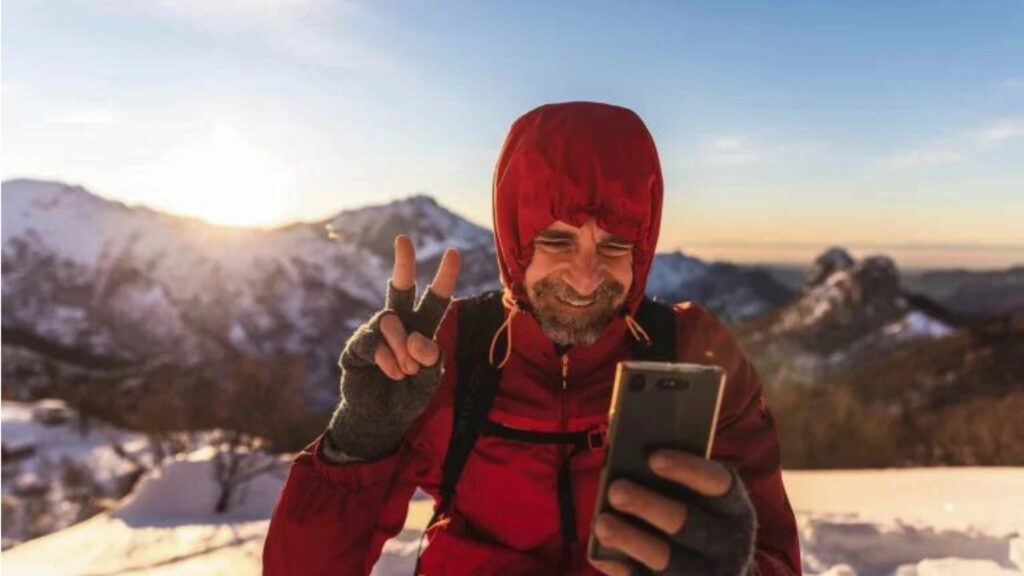
This connectivity on the lower slopes can serve several purposes:
▪️ Safety:
Having access to cell phone service on the lower slopes allows climbers to call for help in the event of an emergency. It provides a means of communication with guides, park rangers, or rescue teams.
▪️ Logistics:
Climbers can use their phones to communicate with their tour operators, confirm schedules, and make necessary arrangements for their trek.
▪️ Updates:
Staying connected enables climbers to share their journey with loved ones through text messages, calls, and social media updates.
However, as climbers ascend higher, they should expect a decline in signal strength and reliability.
Connectivity on the Upper Slopes
As climbers progress to the upper slopes of Mount Kilimanjaro, the availability of cell phone service diminishes significantly. The combination of higher altitudes, challenging terrain, and the remote nature of these areas makes it increasingly difficult to maintain a cell phone connection. Here are some key points to consider when it comes to connectivity on the upper slopes:
▪️ Signal Strength:
The signal strength weakens as you ascend, and it becomes sporadic or nonexistent at extreme altitudes. On the way to the summit, Uhuru Peak, it’s common for climbers to experience a complete loss of signal.
▪️ Emergency Communication:
While cell phone service becomes limited, climbers are often encouraged to bring satellite phones for emergency communication. Satellite phones can establish a connection even in the most remote areas of the mountain, ensuring a lifeline in case of emergencies.
▪️ Offline Maps and GPS:
Due to the unreliable cell phone service on the upper slopes, climbers should rely on offline maps, GPS devices, and traditional navigation methods to navigate the terrain safely.
▪️ Guides and Group Communication:
Climbers typically communicate with their guides and fellow group members using walkie-talkies, which are more reliable than cell phones at high altitudes.
▪️ Respect for Nature:
Climbers are encouraged to respect the natural environment of Mount Kilimanjaro by minimizing their use of electronic devices and refraining from leaving a trace.
It’s crucial for climbers to be well-prepared for the limitations of cell phone service on the upper slopes and to prioritize safety by adhering to best practices for high-altitude trekking.
Alternative Communication Methods
Given the challenges of cell phone service on Mount Kilimanjaro, trekkers and climbers often rely on alternative communication methods to stay in touch and ensure their safety during their journey. Here are some of the alternative methods commonly used on the mountain:
▪️ Satellite Phones:
As mentioned earlier, satellite phones are invaluable for maintaining communication on the upper slopes where cellular service is unreliable. They provide a lifeline for climbers to call for help in emergency situations.
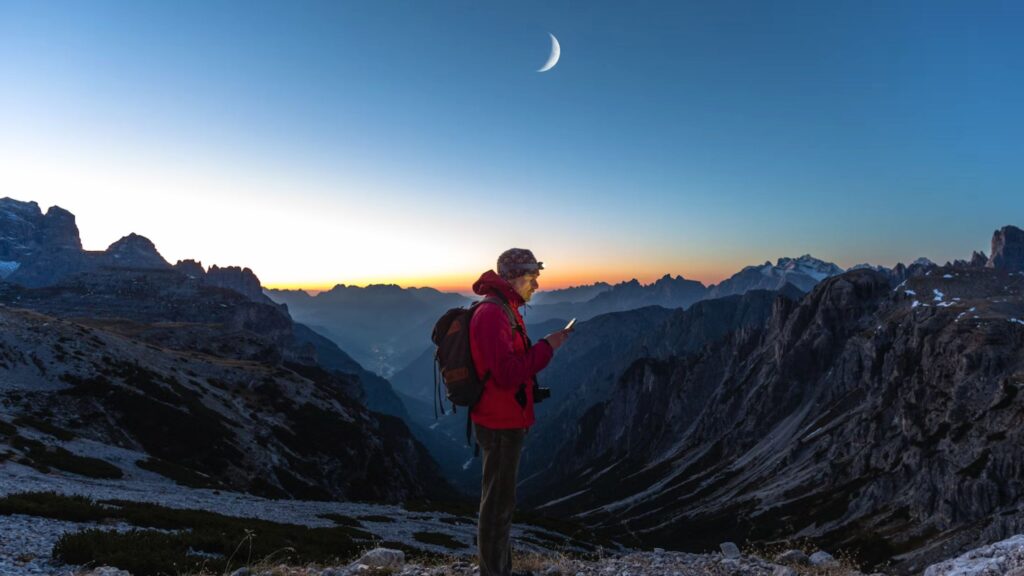
▪️ Walkie-Talkies:
Climbers and their guides typically use walkie-talkies to stay in contact with each other during the trek. These devices offer a reliable means of communication in the mountain’s challenging terrain.
▪️ Emergency Beacons:
Personal locator beacons (PLBs) and satellite messenger devices are used by climbers to send distress signals and SOS messages in emergencies. These devices can alert rescue teams to the climber’s location.
▪️ Group Communication:
Staying close to your trekking group and communicating with your guide is essential for safety. The guide can provide information, assistance, and guidance throughout the climb.
▪️ Offline Maps and GPS:
Offline maps and GPS devices are essential tools for navigation, helping climbers stay on the right path and avoid getting lost.
▪️ VHF Radios:
Some expeditions and park rangers use VHF radios for communication in more remote areas, especially for coordinating search and rescue operations.
▪️ Emergency Services:
Park rangers and medical teams stationed on the mountain can be contacted in emergency situations. They have access to communication equipment and can provide assistance.
In summary, while cell phone service may be limited or unavailable on the upper slopes of Mount Kilimanjaro, alternative communication methods and safety measures can fill the gap, ensuring that climbers have ways to communicate and request assistance when needed.
Tips for Using Cell Phones on Mount Kilimanjaro
For climbers who still hope to use their cell phones during their Kilimanjaro trek, here are some tips to make the most of the limited connectivity available:
▪️ Check with Your Network Provider:
Before your trip, check with your mobile network provider to ensure that your phone is compatible with international roaming and that you have the necessary coverage. Purchase any required international roaming packages.
▪️ Use Airplane Mode:
To conserve battery life, put your phone in airplane mode when you don’t need it. This can help your phone last longer between charges.
▪️ Charge Devices Carefully:
Charging devices can be challenging on the mountain. Some base camps and accommodations may offer limited charging options. Consider bringing a portable solar charger to ensure you can charge your devices.

▪️ Download Offline Maps:
Before your trek, download offline maps of the Kilimanjaro area using mapping apps. These maps can be used when you’re out of cell phone service range.
▪️ Carry Spare Batteries:
If possible, bring extra batteries or a portable power bank to keep your devices charged during the climb.
▪️ Notify Loved Ones:
Let your family and friends know about the limitations of cell phone service on the mountain. Share your itinerary and emergency contact information with them in case they need to reach you.
▪️ Be Mindful of Usage:
Use your phone sparingly and avoid streaming videos or making unnecessary calls. Reserve your phone for essential communication and emergencies.
▪️ Learn How to Use Alternative Devices:
Familiarize yourself with the use of satellite phones, walkie-talkies, or other communication devices you plan to bring.
▪️ Adhere to Local Regulations:
Respect the environmental and cultural regulations of the mountain, which may include restrictions on electronic device usage in certain areas.
By following these tips, climbers can make the most of their cell phones while being well-prepared for the limitations they may encounter on Mount Kilimanjaro.
In the quest to conquer Mount Kilimanjaro, trekkers and climbers are met with the dual challenges of reaching the summit and staying connected in a remote and demanding environment. Cell phone service on Mount Kilimanjaro, while available on the lower slopes, becomes increasingly limited as altitude, terrain, and isolation present challenges for network providers.
In response to these challenges, mobile network providers like Vodacom, Airtel, and Tigo have extended their coverage to the mountain, primarily in areas near the base camp. However, trekkers should be prepared for a decline in cell phone service as they ascend to the upper slopes.
To address this limitation, climbers often rely on alternative communication methods, such as satellite phones, walkie-talkies, emergency beacons, and offline maps. These tools help ensure the safety of climbers and provide a means of communication in case of emergencies.
Overall, while cell phone service on Mount Kilimanjaro has its limitations, proper preparation, the use of alternative communication methods, and adherence to safety guidelines can help trekkers make the most of their journey and experience the incredible beauty of this iconic African mountain.





